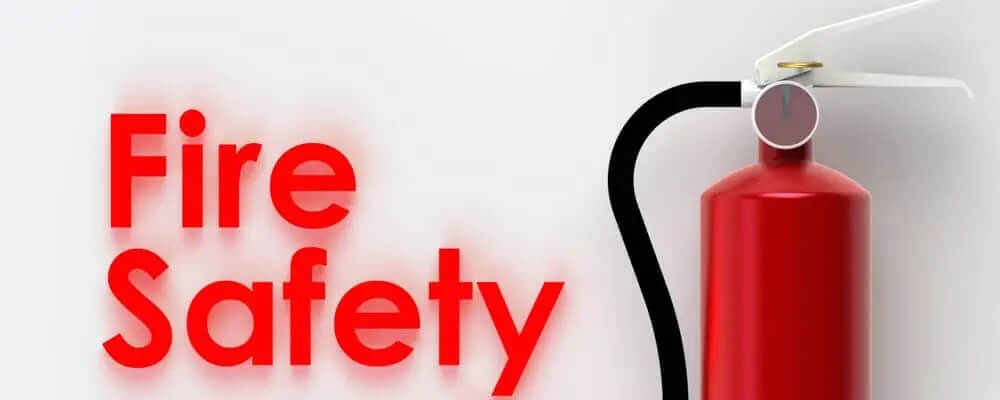
Tomorrow is National Pet Fire Safety Day, so it’s a good time to remember to include your furry family members into your emergency plan should a fire ever occur and Fido needs to find a way out. Each year, more than 500,000 pets are affected by house fires, with 1,000 house fires started by pets themselves. It’s no fun to think about, but it’s necessary to take a few minutes and make sure you are doing all you can to ensure your pets get out safely.
Preventing A Fire
Open flame exposure is one of the most common ways that your pet may accidentally start a fire in your home. Never having unsupervised candles or fires in your fireplace, or having flameless candles and an enclosed fireplace instead, are good ways to prevent open flames from causing trouble. Additionally, putting covers over or removing stove knobs and discouraging climbing in the kitchen can help prevent your pet from bumping up against a dial and accidentally filling your house with gas.
As your pets wander around the house, they may chew on loose wires, making areas with lamps and plugs possible fire hazards. Secure loose wires and ensure they are out of reach from your pets. When outside, never put a glass bowl on a wooden porch as the sun’s rays can heat the bowl, causing a fire on your wooden deck. Try using a ceramic water bowl or stainless-steal dishes instead.
Preparing For A Fire
The number one step in preparing your pet and family for a fire is to talk with your family to determine an emergency plan than includes your pet. Make sure to practice this plan with the whole family as well so that everyone knows whose job it is to grab your pet and whose it is to grab your emergency supplies (food, medication, water, a photo of your pet, leashes and carriers, and medical records). Assigning roles will reduce scrambling when efficiency is needed. To act quickly when searching for your pet, make sure you know where he or she likes to hide and how to get him or her out of that hiding spot quickly, making it easier for you to locate and retrieve your pet as quickly as possible.
Put a decal or sticker in your home’s front window indicating the number and type of pets you have to cut down on the time firefighters spend searching for your pet if you are not home. In case your pet escapes during the course of a fire, make sure that the contact information on their collar and microchip is up to date. Finally, to help ensure your pets get as much help as they can even if you are not home, install smoke detectors connected to emergency response services so that even if you pet is home alone, should a fire occur, help can still be signaled and dispatched.
During A Fire
As part of your emergency response plan, make sure to grab your pet’s leash or carrier as you grab your pet and escape the building. Outside your home will be chaotic, and your pet may try to escape to a safer area, so it is important to keep them nearby and secure. If it takes too long to locate or secure your pets, as much as you may not want to, leave, open the door, and call for them once you are outside and at a safe distance from the fire. You should never delay escape or endanger yourself or your family to rescue your family pet. Once responders get there, immediately inform them your pet is still inside so they can continue looking for your pet.



